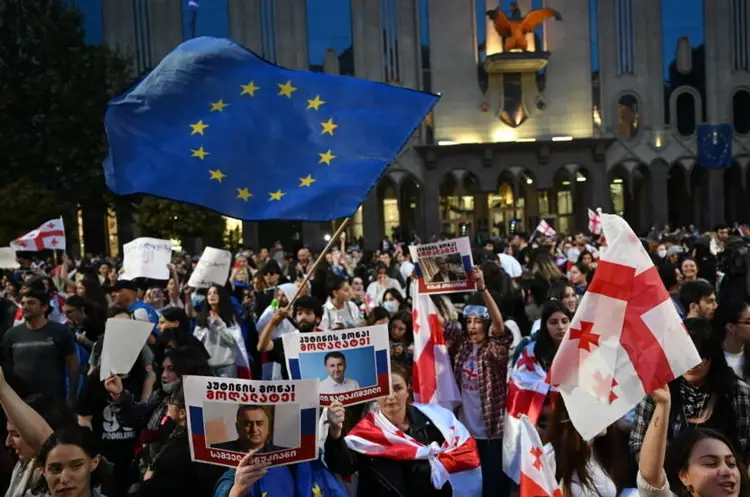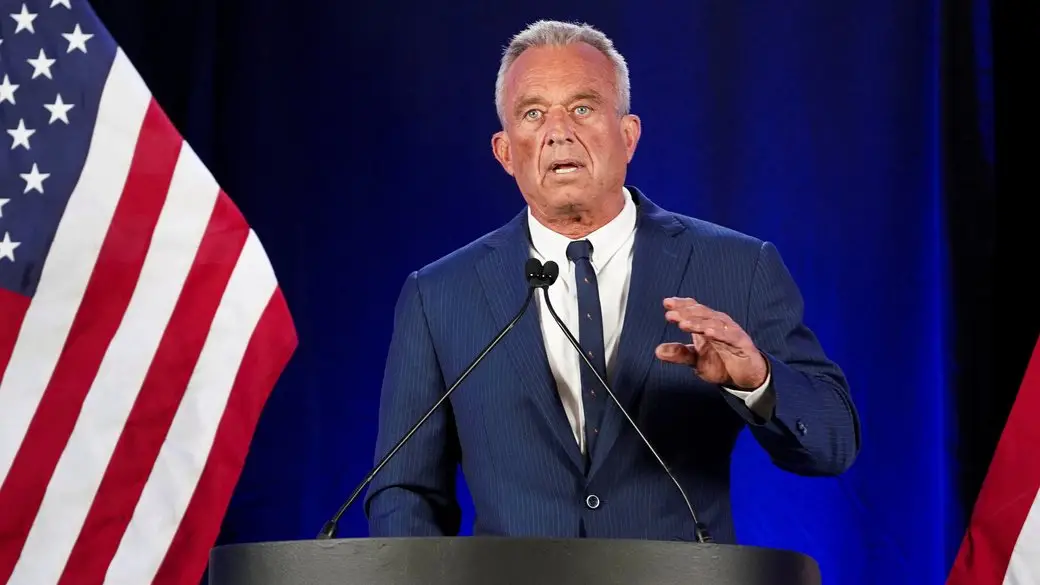The exit polls were wrong: Modi has lost his mono-majority in the Indian parliament, but will remain prime minister. What to expect?
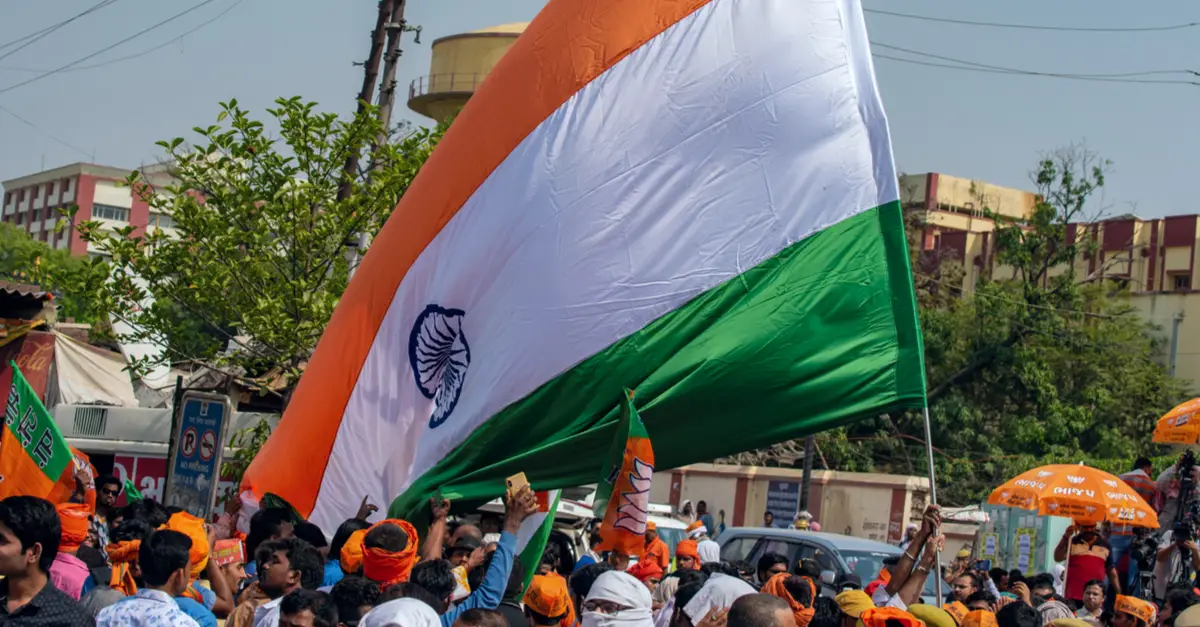
After losing his majority in parliament, Modi is now preparing for coalition talks, forcing him to rely on allies to form a government for the first time in decades
Indian Prime Minister Narendra Modi has declared victory in the national elections. He said:
"Today is a great day. The National Democratic Alliance (NDA) will form the government for the third time. We are grateful to the people. This is a victory for the largest democracy in the world".
Modi addressed his supporters at the party's headquarters in New Delhi. However, the Bharatiya Janata Party failed to win 272 seats for a full majority in parliament, so Modi will have to work with coalition partners to form a government. In total, the NDA won 292 seats, of which the Bharatiya Janata Party won 240.
This was a personal blow to Modi, who had promised to win a supermajority of 400 seats. The leader of the opposition National Congress of India, Rahul Gandhi, said that the election results showed that "the country has unanimously and clearly stated that it does not want Modi and his party to govern the country".
After the announcement of the results of the parliamentary elections, Indian Prime Minister Narendra Modi resigned, which was accepted by President Dropadi Murmu. However, the president asked Modi to remain in office until a new prime minister takes office. Modi is expected to be sworn in for a third consecutive term on Saturday, June 8.
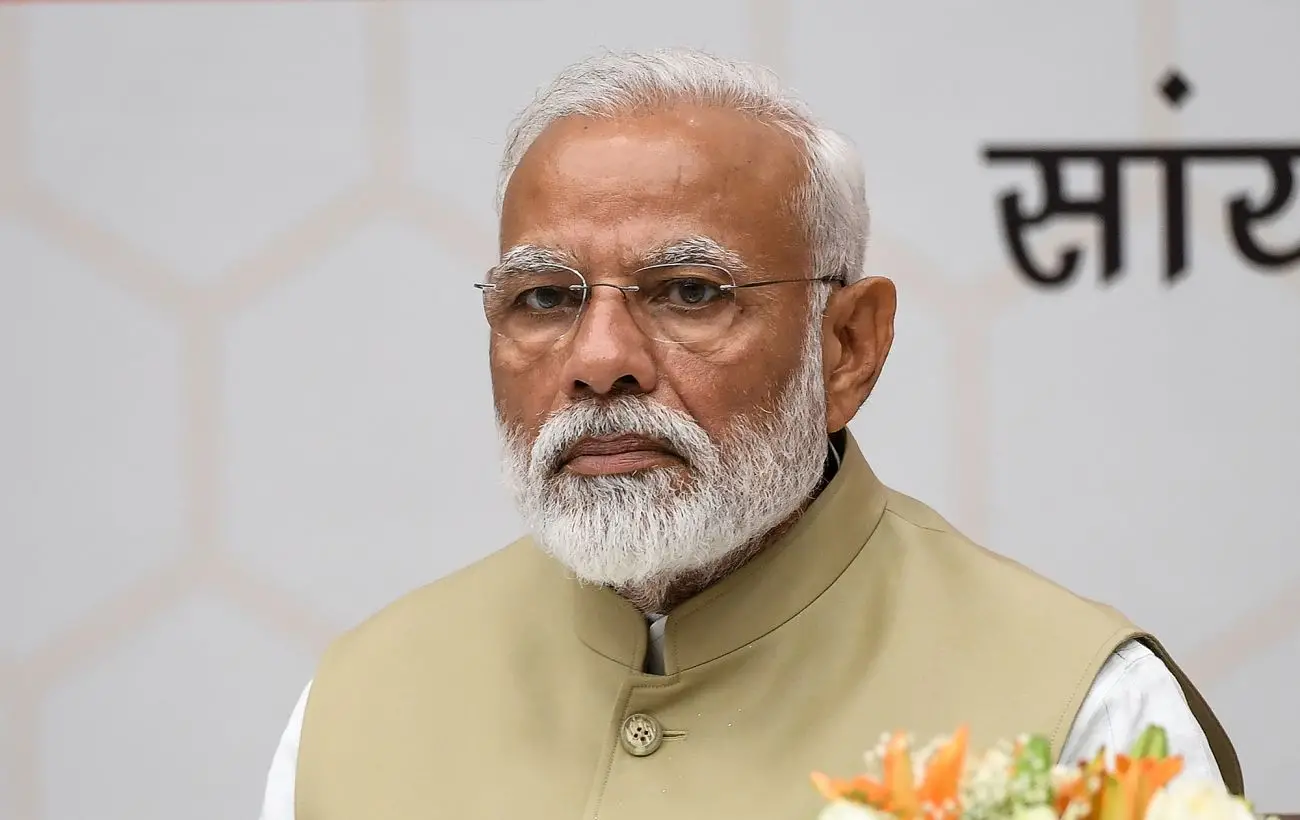
This election is a failure for Modi and his team
Ahead of the general election, which ended on June 1, Indian Prime Minister Narendra Modi was expected to win an easy victory. His charisma, emphasis on infrastructure development, social benefits for the poorest segments of the population, and polarization of Hindu nationalism seemed unbeatable. Modi was confident of his victory and claimed that his Bharatiya Janata Party (BJP) and allies would win more than 400 seats in the 543-seat parliament.
The final results of the vote count on June 4 showed that Modi's alliance had won significantly less than expected. The BJP and its allies won 292 seats, while the opposition won 234 seats. The BJP lost 63 seats compared to the previous election, winning 240 seats against 303 in 2019. This means that the party will have to rely on its allies to control the parliament, where 272 seats are needed for a majority.
This unexpected decline in support shocked the public, politicians and financial markets, with the country's benchmark equity index falling 6%. The campaign that led to these results was highly controversial. The opposition complained about unequal electoral conditions, imprisonment on corruption charges that they called politically motivated, and the freezing of Indian National Congress bank accounts, which hindered the campaign. Modi used sharply anti-Muslim rhetoric, which may have been driven by fears of waning support for the BJP.
The biggest disappointment for Modi's team came in the vote in the northern state of Uttar Pradesh, where the party lost a significant number of votes. In 2019, the BJP won 62 of the 80 seats in the state, but this time their number dropped to 33. The BJP also suffered losses in Rajasthan and Maharashtra, where the party lost many seats that went to the Indian National Congress. The Congress almost doubled its number of seats in the parliament to 99, up from 52 in 2019.
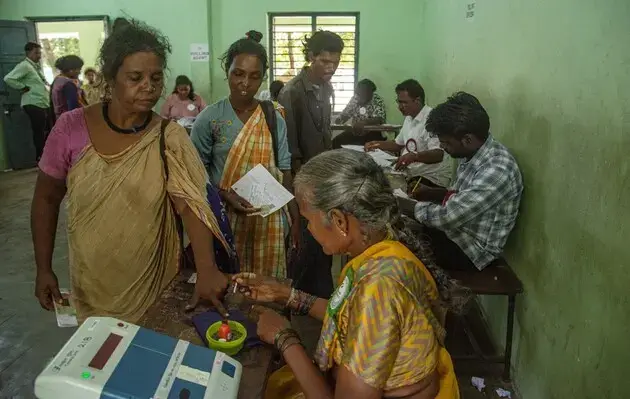
Why did this result happen?
Although the party was able to make some gains in the south and east of the country, losses in key regions such as the north could significantly affect its control of parliament.
An important factor could be voters' opinions on the economy, which, despite high-growth rates, has not been of tangible benefit to ordinary people. Inflation and unemployment were the main reasons for their concern.
India faces three main questions. First, can the BJP form a stable government? Probably yes. The BJP remains the largest party in parliament, with more seats than the opposition Congress.
If there is no major internal conflict, Narendra Modi will likely remain prime minister. He will have to negotiate with his alliance partners, the Telugu Desam and the Janata Dal (United), to maintain control. Their leaders, Chandrababu Naidu and Nitish Kumar, will now demand benefits for their regions and political appointments. Kumar is known for his unpredictability, making him a particularly risky partner. However, the BJP may also bring in opposition parties to strengthen its alliance.
The second question concerns the effectiveness of the government once it is formed. Modi is known for his tough leadership style, but now he will be forced to make compromises.
The third question is the long-term impact of these results on India. The likelihood that Modi will remain in power for another decade has decreased due to the loss of his popularity, and the issue of succession will become relevant.
There is a risk that a frustrated leader could increase authoritarian tendencies and religious rhetoric. However, as the BJP failed to win enough seats to introduce constitutional amendments and opposition parties gained new momentum, fears of India's authoritarian development have somewhat diminished. This may be the most significant outcome of the 2024 elections.
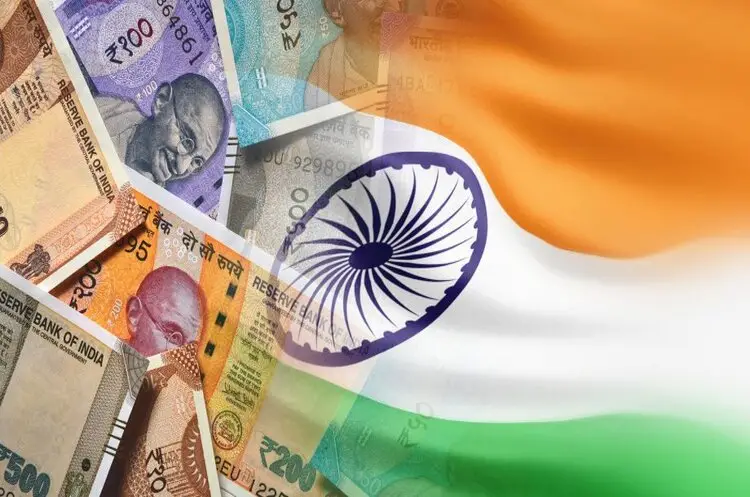
What comes next
After losing his majority in parliament, Modi is now preparing for coalition talks, forcing him to rely on the support of allies to form a government for the first time in decades.
To do so, Modi's party needs to secure the support of two regional partners. However, negotiations may be difficult because many allies do not share the Hindu nationalist views that are the basis of the Indian People's Party's program. This could force the party to back off its harsh rhetoric and ambitions to transform India into a distinctly Hindu nation.
Over the past decade, the Modi government and its allies have dominated the media landscape in an effort to maintain the high tempo and enthusiasm that characterized the early years of its rule.
The government believed that the success of its re-election in 2019 showed that a combination of social conservatism and social welfare was sufficient to hold onto power. However, Modi and his party have faced limitations. Without real change on the ground, holding onto power over the next five years could be a challenge for Modi or his successor.



